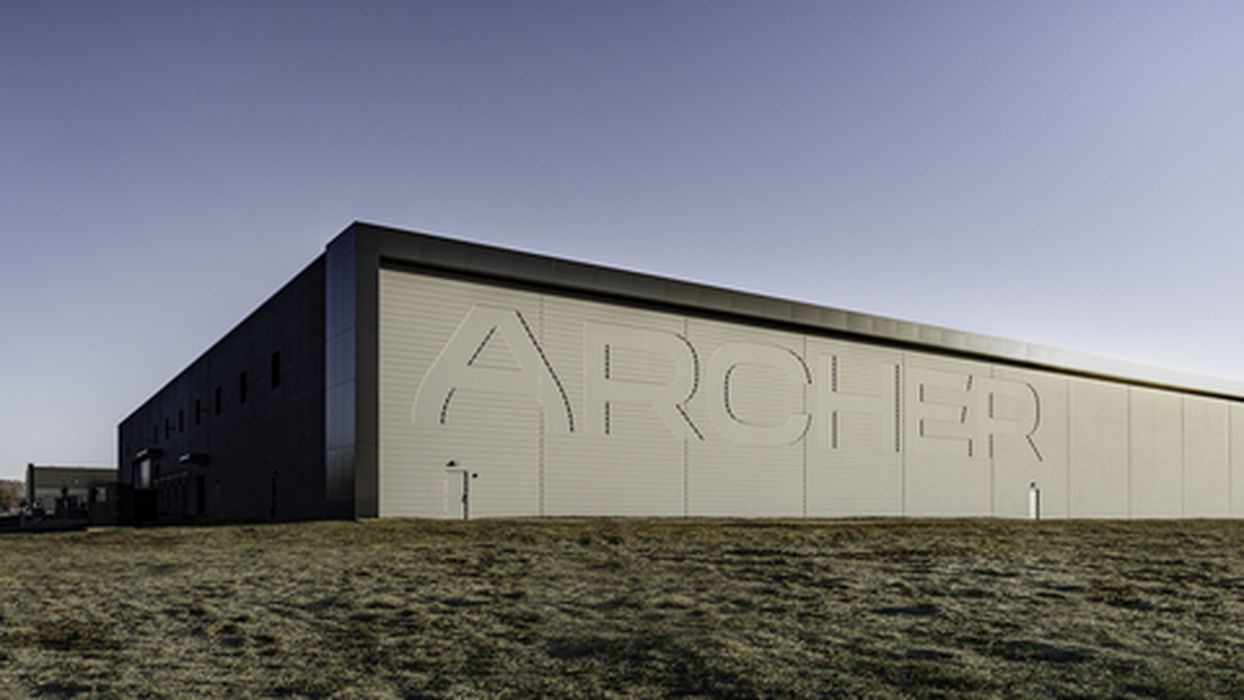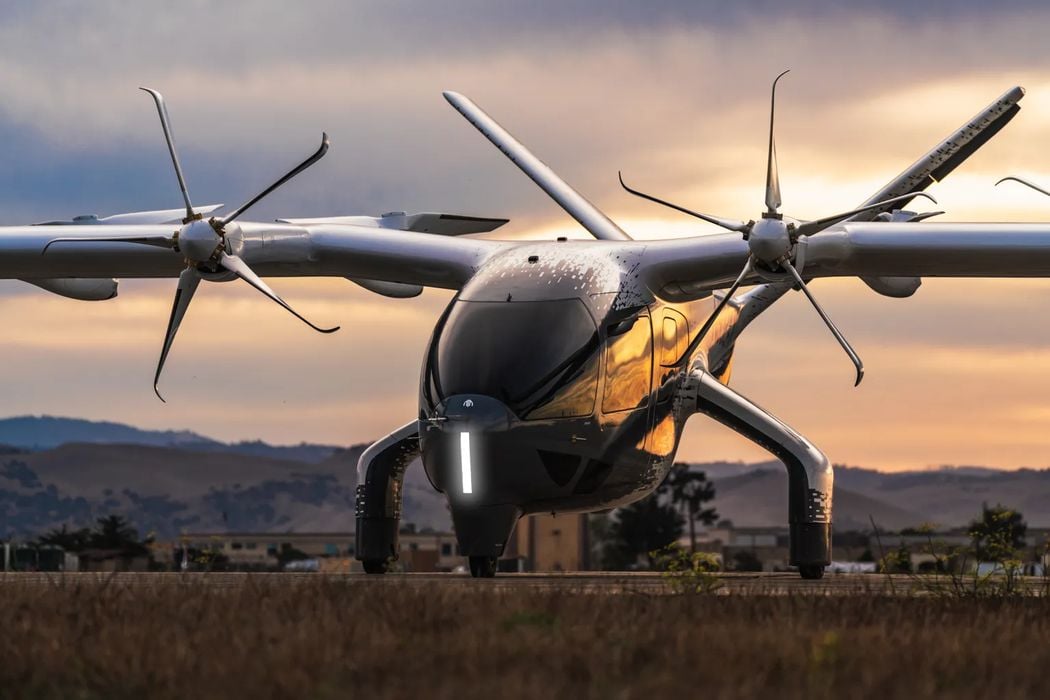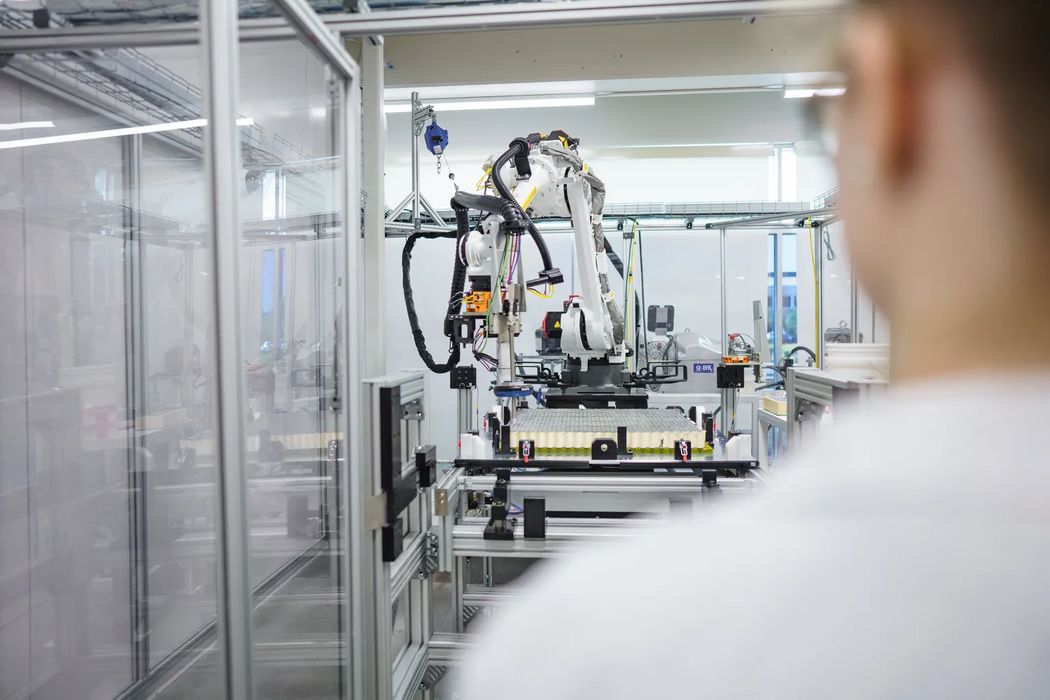
Charles R. Goulding and Preeti Sulibhavi examine the transformative synergy between eVTOL advancements and 3D printing, showcasing how companies like Archer, Zuri, and Anduril are shaping the future of aviation.
The electric Vertical Take-Off and Landing (eVTOL) industry has seen transformative developments over the past year. In early 2024, we authored a comprehensive article for Fabbaloo on the state of the eVTOL sector, highlighting its potential and challenges. Since then, the industry has made remarkable strides, supported by advancements in manufacturing technologies such as 3D printing. Companies like Archer Aviation, Zuri, and Anduril Industries are spearheading this revolution, with significant progress in facility construction, funding, and technical milestones.
Archer Aviation: Scaling New Heights
Archer Aviation has taken a bold step in transforming eVTOL manufacturing with the completion of its high-volume production facility at the Covington Municipal Airport in Georgia, USA. This state-of-the-art facility, built in collaboration with Stellantis, the global automotive giant, marks a significant milestone for the industry. Slated to begin production in 2025, Archer aims to manufacture 650 eVTOL units per year by 2030.
The Role of 3D Printing in Archer’s Facility
Archer’s manufacturing process relies heavily on cutting-edge 3D printing technologies. These technologies are pivotal for creating high-quality, lightweight components and specialized tooling necessary for eVTOL construction. Composites, crucial for weight reduction and structural integrity, are also optimized through 3D printing. This capability not only enhances production efficiency but also supports the customization and precision required in experimental aircraft manufacturing.
The “Midnight” Achieves Transition Milestone
In June 2024, Archer’s flagship eVTOL model, the “Midnight,” achieved the critical “transition” mission status. Transition is a key operational milestone where the aircraft successfully shifts from vertical takeoff to horizontal flight—a feat that demonstrates both aerodynamic and engineering excellence. This milestone underscores the readiness of Archer’s eVTOL for real-world applications, including urban air mobility and emergency response.
Archer’s progress also reflects the strategic importance of airport-adjacent manufacturing sites. These locations facilitate efficient testing, deployment, and logistics for eVTOL vehicles. Our In April 2024, we worked with an economic development team on a project for a competitor considering a comparable small airport site in another state.

Zuri: Advancing Hybrid eVTOL Technology
Zuri, a Prague-based company, has made waves in the hybrid eVTOL segment by completing a successful funding round in December 2024. The company is carving a niche in this emerging industry, much like the hybrid versus all-electric debate in the automotive world. Hybrid eVTOLs combine the best of both power sources—electric motors for vertical takeoff and landing, coupled with internal combustion engines for extended range.
Technical Innovations in Zuri’s Hybrid eVTOL
Zuri’s hybrid eVTOL boasts several technical features designed to address operational and logistical challenges. The hybrid propulsion system ensures greater range and reliability compared to purely electric models, making it ideal for intercity travel and longer missions. Key technical aspects include:
- Extended Range: The internal combustion engine acts as a generator, charging the batteries during flight to significantly extend range.
- Energy Optimization: Advanced algorithms balance power distribution between the electric motors and combustion engine for maximum efficiency.
- Lightweight Design: Zuri employs 3D printed components to reduce weight and enhance structural integrity, optimizing performance.
- Payload Capacity: The aircraft features a spacious design that accommodates both passengers and cargo, making it versatile for various applications.
The success of Zuri’s hybrid approach highlights the growing diversity within the eVTOL market, catering to different use cases and consumer preferences.
Anduril Industries: A Defense Sector Pivot
Anduril Industries, led by tech innovator Palmer Luckey, has also entered the eVTOL arena. The defense contractor announced a partnership with Archer Aviation in December 2024 to develop hybrid eVTOLs for military applications. This collaboration leverages Anduril’s expertise in autonomous systems and Archer’s pioneering eVTOL technology.
This partnership represents a convergence of civilian and military eVTOL applications, broadening the scope of the industry.

The Central Role of 3D Printing in eVTOL Development
The eVTOL industry’s reliance on 3D printing is a testament to the technology’s transformative potential. Rapid prototyping, cost-efficiency, product customization and material advancements all add to the benefits of 3D printing for eVTOL development and use.
This synergy between eVTOL technology and 3D printing ensures that the industry can scale efficiently while maintaining high standards of quality and innovation.
Industry Milestones and Future Prospects
The eVTOL industry has demonstrated its ability to accelerate growth through strategic achievements:
- Facility Construction: Archer’s manufacturing site is a blueprint for large-scale design, testing and production.
- Certification Success: Milestones like the Midnight’s transition mission build confidence in the technology.
- Strategic Partnerships: Collaborations, such as Archer and Anduril’s defense venture, expand the market’s scope well-beyond what each could do alone.
As these milestones align, the eVTOL industry is poised for exponential growth. The combination of advanced engineering, manufacturing innovation, and financial backing has created a fertile environment for breakthroughs.
The Research & Development Tax Credit
The now permanent Research and Development (R&D) Tax Credit is available for companies developing new or improved products, processes and/or software.
3D printing can help boost a company’s R&D Tax Credits. Wages for technical employees creating, testing and revising 3D printed prototypes are typically eligible expenses toward the R&D Tax Credit. Similarly, when used as a method of improving a process, time spent integrating 3D printing hardware and software can also be an eligible R&D expense. Lastly, when used for modeling and preproduction, the costs of filaments consumed during the development process may also be recovered.
Whether it is used for creating and testing prototypes or for final production, 3D printing is a great indicator that R&D Credit-eligible activities are taking place. Companies implementing this technology at any point should consider taking advantage of R&D Tax Credits.
Conclusion
The eVTOL industry is on the cusp of revolutionizing transportation, with 3D printing playing a pivotal role in its advancement. Companies like Archer Aviation, Zuri, and Anduril Industries are at the forefront, leveraging additive manufacturing to overcome technical challenges and scale production.
From urban air mobility to defense applications, the potential for eVTOLs is vast. With continued investment, technological innovation, and strategic partnerships, the industry is set to redefine how we think about aviation. As the past year has shown, progress in eVTOL technology is not just rapid—it’s transformational.
